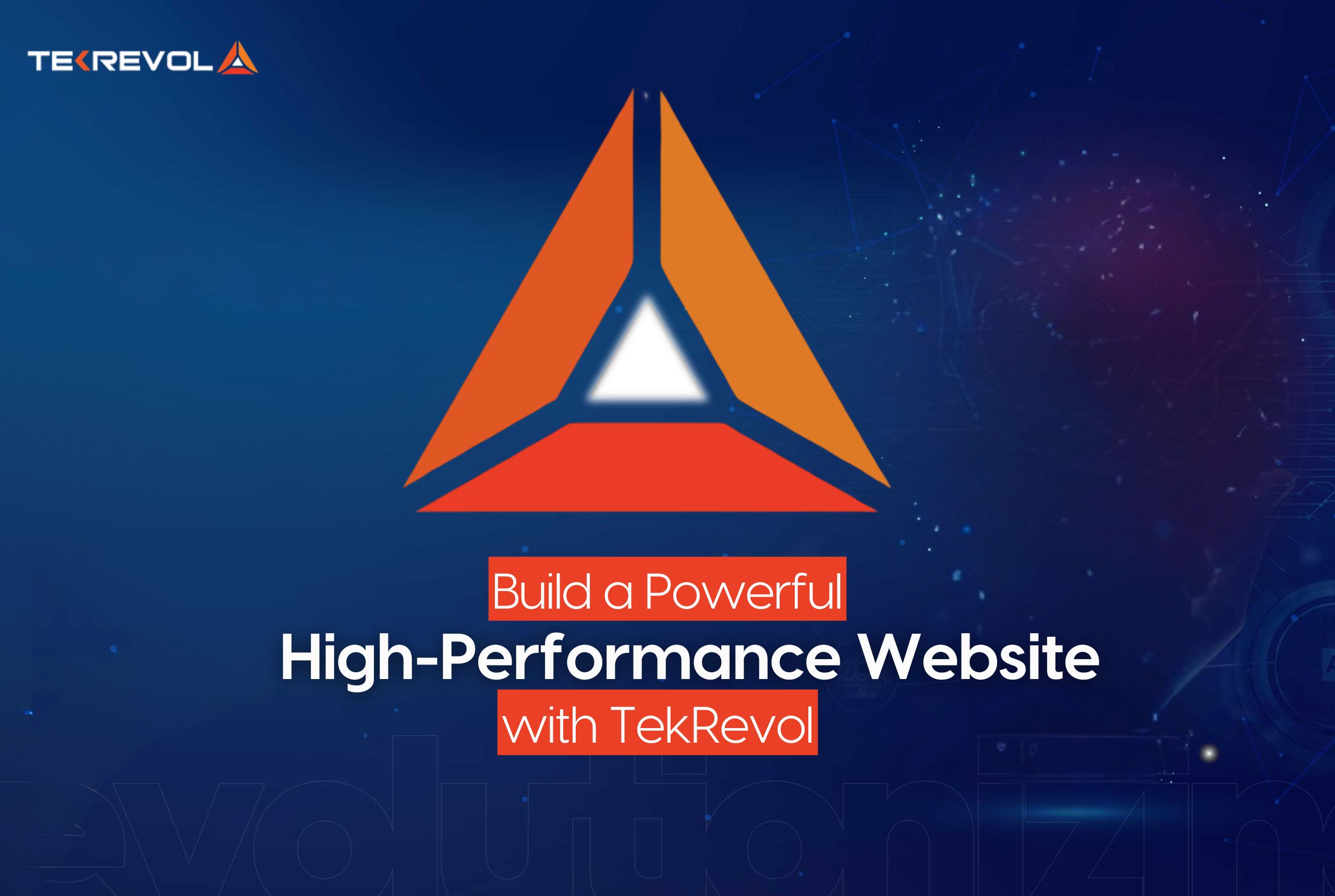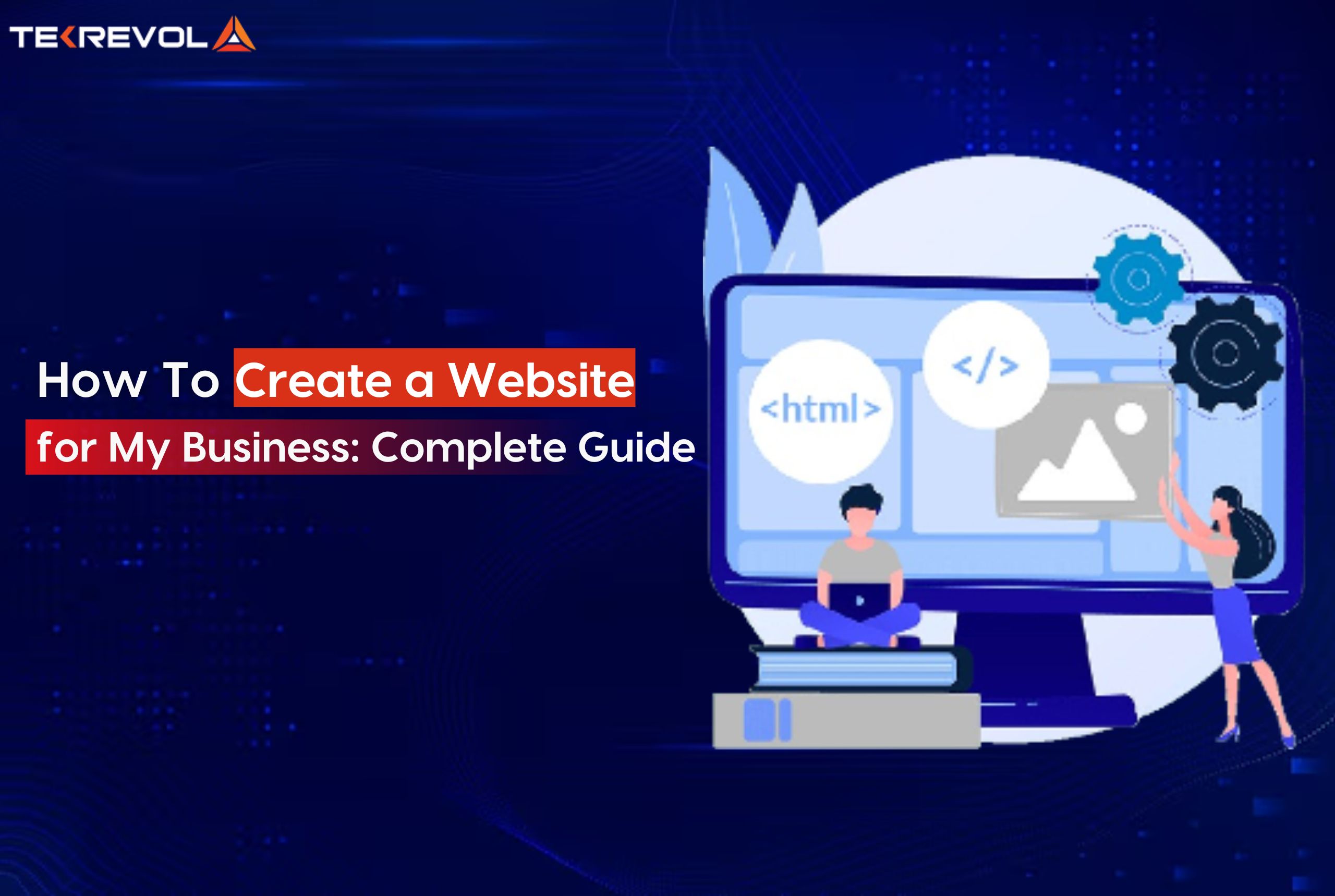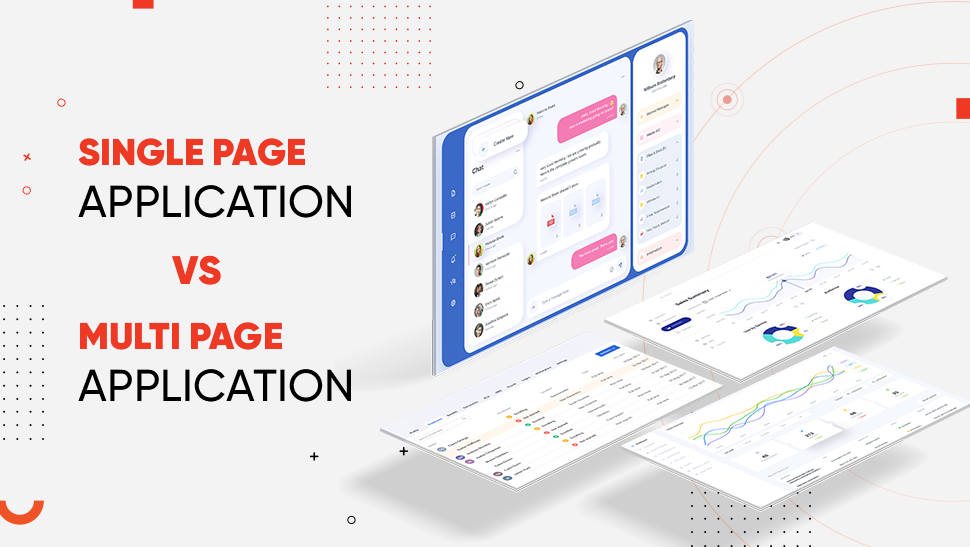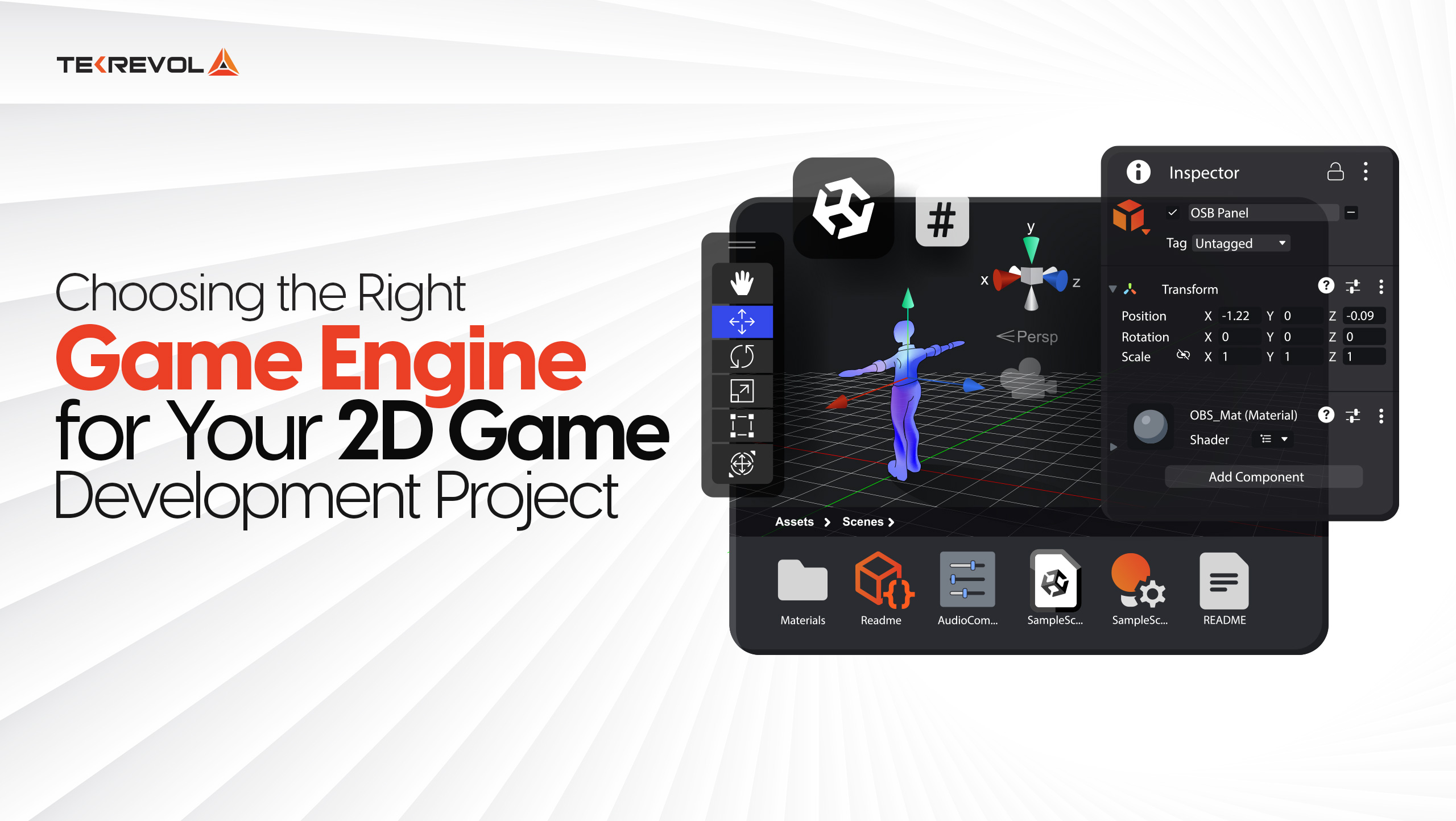Starting a successful business these days begins with establishing a good online presence, and that is all about starting a website.
Whether you are marketing your services, displaying your portfolio, or launching an online store, your website is soo much crucial to reach potential clients and expand your brand.
Imagine: a customer hears about your business from a friend or social media. Interested, they take their phone out and search your name, but nothing appears. No website, no proof you even exist. What happens next? They move on to a competitor.
This is the reality for many new businesses. 30% of small businesses still don’t have a website, often because they assume it’s too expensive, technical, or time-consuming. Without a website, you’re cutting yourself off from a massive pool of potential customers who expect to find you online.
The good news? You don’t need to be an IT expert or drop thousands with an agency to get yourself a professionally designed website up and running properly.
In this article, we’ll show you how to build your business website the right way, covering everything from design and domains through to optimisation and launch.
How to make a website: A Step-by-Step Website Development Process
There’s no secret recipe for perfect web design or development. All websites have unique demands and requirements. Still, proper planning at the beginning leads to better outcomes, faster development, and fewer mistakes.
We have provided an outline of the steps involved in building a website from scratch to help you get started.
Step 1: Define the Purpose of Your Website
Understanding the purpose of your website is the primary step in creating a successful online presence. Knowing why a website exists and who is to benefit from it should be clarified before starting any design or content. The approach might be structured and strategic as follows.
Core Objective of Your Website
Start by identifying the primary goal of your website. Ask yourself:
- What do I want the visitors to do on my site?
- What value am I offering to users?
Depending on your answer, your site may fall into one of several categories:
- eCommerce Website: Selling stuff. Think product listings, a secure shopping cart, and a streamlined checkout.
- Service-Based Website: To promote your service offerings. This site type should have service pages, testimonials, and contact forms.
- Portfolio or Personal Brand: This showcases your work or lifestyle. Concentrate on visual galleries, bios, and contact info.
- Content-Driven or Informational: An exhaustive perspective on educating or informing visitors. A blog, resource centre, and media hub are a must.
Step 2: Understand and Define Your Target Audience
Understanding your audience guarantees that your messaging, design, and content resonate with their needs and expectations.
How to define your audience:
Build audience personas: Create profiles representing major segments of your audience. Each persona must have
- Demographics: Age, location, occupation, income level, education, etc.
- Interests & Behaviors: What do they care about? How do they spend their time online?
- Challenges (Pain Points): What are they struggling with that your site can alleviate?
Gather actual feedback:
- Employ surveys, polls, or interviews to determine user motivations and expectations.
- Software such as Google Forms or Typeform can make this easy.
- Examine competitors’ audiences: Who are they after? Are there gaps you can fill with your products?
Tip: Track audience interaction on forums such as Reddit or Quora within your niche to discover actual user pain points and usage patterns.
Research Your Competitors Strategically
Comparing comparable sites gives insight into market norms, areas of differentiation, and possible pitfalls.
What to pay attention to:
- Website structure and UX: How do they structure content? Is their navigation user-friendly?
- Design and aesthetics: What design features are attractive or dated?
- Content type and frequency: Are they blogging, running podcasts, or sharing video tutorials?
- Engagement tactics: How do they leverage social proof, CTAs, or email sign-ups
Step 3: Establish Your Unique Value Proposition (UVP)
Your UVP is how you differentiate your site. It’s why a visitor should visit your site rather than another.
Consider these questions:
- What do I provide that my competitors do not?
- My product/service/content does this better or differently than anything else. How?
- What value do I deliver that’s difficult to copy?
Once you’ve established it, show your UVP front and center, ideally on your homepage banner, “About” page, or even integrated into your logo tagline.
Set Measurable Website Goals
Without measurable metrics, you won’t be able to tell if your website is performing. Goals keep you on track and enable progress measurement.
Typical website goals are:
- Traffic Metrics: Monthly visitors number, referral sources, and performing pages.
- Engagement Metrics: Bounce rate, average session length, pages/visit.
- Conversion Metrics: Sign-ups to your newsletter, form submissions, sales, or bookings.
Measure all these goals using Google Analytics, Hotjar, or HubSpot and adjust your strategy accordingly using real user behavior.
Pro Tip: Divide long-term objectives into quarterly targets. That way, they become actionable and easy to modify if necessary.
Step 4: Choosing and Registering the Website Domain Name
A good domain name does more than simply point to your website, it speaks your brand message, makes you more findable, and gets you more likely to be clicked in search. Here are important things to remember:
How to Select a Fantastic Domain Name
- Make it brief and concise: Go for a name that is simple to type, spell, and remember—a maximum of two to three words.
- Make it memorable: Opt for something catchy and brandable. Steer clear of numbers, hyphens, or complicated phrases.
- Include relevant keywords: Insert words that represent your industry or service to assist in search visibility.
- Align with your brand: The domain must represent your brand’s tone, style, and purpose.
Example: A bakery could choose “sweetcitybakes.com” over something generic like “deliciouscakes123.net.”
Check Availability and Register Your Domain
- Check for availability: Look it up using a domain registrar to see if your name is available. Be prepared to compromise on spelling or extension if it’s already taken.
- Choose the appropriate extension: Though .com is the norm, specialty extensions such as .store, .blog, or .tech could work best for your company.
- Register variations: Register common misspellings or other versions that apply to protect your brand.
Once you’re prepared, register your domain with a reliable provider. Their services allow you to simply search, purchase, and maintain your domain and even pair it with hosting for greater convenience and savings.
- Ready to choose the perfect domain name?
- We help you find a short, memorable, and brand-aligned domain that’s easy to share.
Step 5: Choose the Right Website Building Platform
Choosing the proper platform is perhaps the most crucial part of creating your website. Whether you want speed, flexibility, or simplicity, your chosen platform will define your whole website-building experience.
Before you start, consider the following:
- Ease of Use: If you’re new to website creation, a no-code platform with a visual editor is the way to go.
- Customization: Do you want complete creative freedom or rather pre-built templates?
- Budget: Think about initial and future costs (domain, hosting, extras).
- Scalability: Ensure the platform grows with your business.
- Support: Expect good customer support and tutorial materials.
Comparison of Popular Website Building Options
| Platform Type | Best For | Pros | Cons |
| Website Builders | Beginners, small businesses, and quick setup | User-friendly, no coding, built-in hosting & tools | Limited customization and flexibility |
| Content Management Systems (CMS) (e.g., WordPress) | Blogs, business sites, and content-heavy websites | Highly customizable, wide range of plugins/themes | Learning curve may require technical knowledge |
| eCommerce Platforms (e.g., Shopify, BigCommerce) | Online stores | Built-in shopping features, secure payment systems | Monthly fees, limited design flexibility |
| Custom Development (e.g., with HTML/CSS or frameworks) | Large-scale or complex projects | Full control over every aspect | Requires coding skills or hiring developers |
- Need reliable web hosting to keep your site live 24/7?
- We recommend trusted hosting providers that offer speed, uptime, and strong customer support.
Step 6: Choose a Reliable Website Hosting Provider
Web hosting is the cyberspace place to keep site information, text, images, video, and code. The proper choice of a host puts a site up on the air, secure, and fast-loading; all these are crucial to provide an uninterrupted user experience and therefore contribute to a positive impact on a website’s search engine ranking.
The following points are worth noting while selecting a hosting provider:
- Reliability & Uptime: Select companies that guarantee a minimum of 99.9% uptime and have your website up and running, with minimal interruptions.
- Speed & Performance: Fast-loading websites offer a better user experience and boost SEO performance. Choose hosts providing optimized servers and caching tools.
- Bandwidth & Storage: Be sure to go for a hosting plan that can allow you to grow 50% beyond the usual expectation with an increase in traffic.
- Security Features: To protect your site from compromise, make sure the host offers SSL certificates, DDoS protection, and malware scanning with backups from time to time.
- Customer Support: If you are not tech-savvy, go for providers with 24/7 technical support via live chat, phone, or email.
- Scalability: Choose a hosted plan that is easy to scale up whenever needed, as the business or traffic of the website grows over time.
- Ease of Use: An easy-to-use control panel (such as cPanel or custom dashboards) enables you to handle your site and hosting options effectively.
- Pricing & Transparency: Compare pricing plans and look for hidden charges or high renewal fees. Ensure the plan fits your budget.
- Refund & Cancellation Policy: A money-back guarantee offers flexibility in case the service fails to meet your expectations.
Additional Tip:
- Websites that offer a single solution such as WordPress.com, Wix, or Shopify normally have hosting included in their services making them perfect for beginners.
- If you decide to go for a custom-coded website or a self-hosted CMS (e.g. WordPress.org), you have to perform the simple operation of selecting and setting up the hosting by yourself.
Step 7: Define the Key Features for Your Website
Your website’s features are not just extras, your users interact with your brand through them. Be it a basic portfolio or a fully operational online store, the success of your site is determined by how effectively it caters to your visitors’ demands.
| Features | Description | Purpose |
| Contact Forms | Interactive forms that allow users to submit inquiries or feedback. | Facilitate communication and lead generation |
| eCommerce Functionality | Includes shopping carts, product listings, and secure checkout systems | Enable online sales and improve transaction flow |
| Search Functionality | A search bar for quickly finding specific pages or items | Enhance user experience on content-rich websites |
| Navigation Bar | A menu structure that guides users through the website | Improve usability and help users find content efficiently |
| Call-to-Action (CTA) | Buttons or links prompting users to take specific actions | Drive conversions such as sign-ups, purchases, or contact requests |
| Responsive Design | Website layout that adapts to different screen sizes | Ensure mobile-friendliness and increase accessibility |
| Blog Section | A space for posting articles or updates related to your industry or niche | Boost SEO, provide value, and build authority |
| Social Media Integration | Buttons and links connecting your website to your social media platforms | Increase brand visibility and encourage content sharing |
| Analytics Tools | Tools like Google Analytics that track visitor behavior | Provide insights for optimization and informed decision-making |
Step 8: Plan Your Website Structure
Prior to diving into development and design, having a solidly structured site architecture is vital. A structured layout not only makes your website simple for users to navigate, but it also plays a crucial part in maximizing SEO performance and long-term content management.
| Step | Action | Detail |
| Create A Visual Sitemap | List and organize core pages | Start with basic pages like Home, About, Services, Blog, and Contact.
Create a hierarchy (e.g., parent pages and child pages). |
| Use Clear Labels | Name pages intuitively | Use simple and descriptive page names that users and search engines can understand. |
| Use A Site Map Tool | Utilize tools for creating your sitemap | Tools like GlooMaps or Lucidchart help visualize your site’s structure. |
| Organize Navigation | Create an intuitive, easy-to-navigate structure | – Place the primary navigation menu at the top of each page.
– Implement breadcrumbs for easier backtracking. |
| Add Search Functionality | Allow users to search for specific content easily. | – Include a search bar for quick content access, particularly for larger websites. |
| Highlight Key Content | Make important content easily discoverable | – Prioritize featured services/products on your homepage.
– Use engaging CTAs to guide visitors towards action (e.g., Sign Up, Contact Us). |
| Design For Scalability | Plan for future content and structural growth | – Structure the site so new pages or features can be added easily without disrupting the flow.
– Expand menus as necessary. |
| Ongoing Maintenance | Regularly review and update your site structure to stay relevant | – Periodically audit your site to ensure it meets business goals and remains user-friendly. |
Step 9: Design Your Website Layout
A well-planned website architecture is critical in delivering a smooth and interactive experience for your users. It allows for effortless navigation through your content, enhances usability, and overall interaction. Here is how you can successfully plan your website architecture
1. Select a Template or Theme
Select a Template: First, select a template according to your sitemap and your company identity. Select the design factors, including colors, fonts, and overall aesthetic of the template, to suit your company values.
Think About Functionality: See that the template has the exact functions you require, such as product pages in an online shopping website or blog templates in a content website.
Mobile Responsiveness: Use a mobile-responsive template to make sure your site looks good on any device.
Template Library: You have over 150 templates, categorized, to easily identify one that best meets your requirements and can quickly be adapted without problems.
2. Customize Your Website
Brand Consistency: Adjust the template to your brand’s visual identity. Use consistent imagery, fonts, and colors to create a cohesive design.
Use of Visuals: Include great images, icons, and other visual elements that will make your content richer and more visually beautiful.
Easy Customization: Drag-and-drop facility allows you to drag and make changes to items in real-time, so your site will be exactly as you desire.
3. Emphasis on User Experience
Navigation: Logically order your site’s navigation using descriptive labels. Don’t make it cluttered and keep your site simple enough so that the user can find what they need easily.
Whitespace: Employ careful whitespace to prevent a cluttered design and facilitate readability. It will allow the user to keep their attention focused on the relevant content.
4. Test and Refine Your Layout
User Testing: After setting up your layout, conduct user testing to ensure it functions as expected. Gather feedback from actual users to identify any issues and areas for improvement.
A/B Testing: Try out varying copies of your design to determine what works best. Utilize tools for analyzing visitors’ behavior to guide design improvements for enhanced performance.
Step 10: Essential Pages to Add for a Complete Website
To construct an equilibrated website, it is important to integrate vital pages that guide visitors through their journey.
1. Homepage
Introduction: Your home page should be a brief and informative welcoming point, guiding visitors, and enlightening them about the upcoming journey.
Visual Appeal: The chief role of relevant high-quality pictures, such as banners or hero images, is to present your brand.
Key Elements: Check that your home page carries the most important features in the form of a navigation menu, search bar, and contact details to facilitate access.
2. About Page
Share Your Story: The About page is a content piece that makes a human connection with your customers by providing your history, values, and goals. Narrate the story of your company and tell the readers what makes your business unique in a nutshell.
Personal Touch: There is no better way to make your visitors feel they are your allies than by having the history of your business or the introduction of your staff written on the website.
Differentiation: Highlight what makes you unique and why customers can trust your knowledge.
3. Products or Services Page
Clear Descriptions: Use clear and concise descriptions of your products or services. Emphasize their features, specifications, and benefits in an understandable manner.
High-Quality Visuals: Use high-quality images or videos to feature your products and make them attractive to potential customers.
Transparent Pricing: Use clear and readable price information to enable visitors to make informed choices
4. Contact Page
Contact Form: A simple and easy-to-use contact form allows visitors to reach out to you with a comment or question. Limit the fields to the minimum to allow users to quickly submit.
Contact Information: Use accurate details such as e-mail addresses, telephone numbers, and physical addresses. You may also add an embedded Google Map if your company has a physical location.
Social Media Links: Add links to your social media sites so visitors can follow you on different channels.
5. Blog Page
Content Strategy: Utilize your blog to share quality content that appeals to your audience.
SEO Optimization: Optimize blog posts using keywords, meta tags, and alt text for better search engine rankings and natural traffic.
Engagement: Allow people to comment on your posts and employ social share buttons to enable readers to send your content out to their network.
6. Extra Pages
FAQ Page: Answer typical questions early to empower visitors to search for answers on their own instead of contacting you.
Testimonials/Reviews: Showcase positive words from customers to instill confidence and social proof.
Portfolio/Case Studies: Feature your work and successful projects to demonstrate your competence and achievements.
Privacy Policy & Terms of Service: Add these pages to make visitors aware of how you gather and use their information, keeping you transparent and compliant.
Step 11: Add High-Quality Content to Your Pages
Content holds the greatest power on your website. It influences the first impression users get, drives engagement, assists in SEO, and improves conversions. As of now, it is essential to utilize the content you have created in a tactful manner.
| Content Type | Purpose & Best Practices |
| Text/Copy | Clear, concise, and aligned with your brand tone. |
| Multimedia | Use high-quality images, videos, and graphics to support your message. |
| CTAs | Guide users with clear and visible buttons or prompts like “Buy Now” or “Get in Touch.” |
| Social Proof | Add testimonials or reviews to build trust |
| Blogs/Articles | Share valuable, SEO-friendly content regularly to boost your authority. |
Step 12: Optimize Your Website for Search (SEO)
Your website needs to be search engine optimized to be found online. When someone searches for a service or product that your company offers, SEO makes your website show up higher. Three key points need to be emphasized:
| SEO Type | What It Covers |
| On-Page SEO | Optimize your content, headings, images, and metadata (titles & descriptions) to make your pages easy to find and understand. |
| Off-Page SEO | Build trust through backlinks from reputable sites. These “votes” improve your site’s authority and visibility. |
| Technical SEO | Ensure fast load times, mobile responsiveness, and a clean site structure. |
Step 13: Add the Right Plugins
Plugins enhance your website’s functionality without the need for coding. They’re essential for optimizing SEO, improving load speed, strengthening security, and adding features like forms or eCommerce capabilities.
| Plugin Type | Purpose |
| SEO Plugins | Tools like Yoast SEO help fine-tune your content for better visibility in search results. |
| Security Plugins | Options like Wordfence protect your site from malware and unauthorized access. |
| eCommerce Plugins | Tools such as WooCommerce allow you to sell products and manage an online store. |
| Page Builders | Drag-and-drop editors like Elementor let you customize layouts without coding. |
Note: Use only the plugins that serve a specific purpose. Prioritize well-maintained, high-quality plugins to keep your site running smoothly.
Step 14: Test and Launch Your Website
Before going live, ensure all goes well:
- Mobile Responsiveness: Ensure your site is responsive so it will run smoothly on smartphones, tablets, and computers.
- Ensure Interactive Features: Ensure everything is in working order by testing buttons, shopping carts, navigation menus, forms, and links.
- Proofread content: Proofread your work to ensure accuracy and consistency, and seek out spelling and grammar mistakes.
- Check Out These Links: Ensure all links, both internal and external, are active and functional.
- Send to the Search Engines: When you’ve finished all these steps, submit your site to crawl to Bing Webmaster Tools and Google Search Console.
Step 15: Promote and Maintain Your Website for Long-Term Success
After you’ve launched your website, it’s essential to promote it properly and keep it maintained regularly. Here’s how to do both:
- Monitor Your Site’s Performance
Use measures such as Google Analytics to monitor important metrics such as traffic, bounce rate, and conversions. This information will inform you on how visitors engage on your website so that you can make improvements.
- Keep Up to Date with Regular Maintenance
Make sure all runs efficiently by keeping a close eye on whether all links are working. Also, keep your website’s software updated to plug holes in security and back up your site regularly to avoid losing data.
- Mobile Optimization
Check the mobile responsiveness of your website on a few smartphones and tablets. Having a smooth mobile experience is crucial as ever more people browse websites from their phones.
- New and SEO-Friendly Content
Keep the content of your site updated and new to incorporate the new trends and best SEO practices. New, interesting content makes your site fresh and improves search engine rankings.
- Cross-Channel Website Promotion
Advertise your website on cross-channel media such as social media sites, email marketing, and other promotional channels to drive traffic and welcome more visitors.
- Gather User Feedback
Get feedback from visitors with short surveys. Feedback from users informs you of their experience and provides hints about areas in which you need to improve.
Build a Powerful, High-Performance Website with TekRevol

If you own a business and wish to bring it online, TekRevol is here to assist you in making the shift smoothly and effectively. Being the best web development company, we assist businesses of all sizes in establishing a robust online presence through expert website development according to your niche, objectives, and target audience.
We’ve already described the most critical steps to creating a successful website, but in case you need professional assistance, our experts are at your disposal. Having years of experience in creating custom websites and eCommerce websites, we know what is required to create a site that is simply gorgeous and operates flawlessly, generating traffic, engaging visitors, and delivering results.
From idea to idea development, launch, and after-launch support, TekRevol is your partner in every step.
- Thinking about launching your online store?
- Share Your Project Details with Our Experts to Get A Precise Quote!











